9. Textile as scaffold
I'm very excited about this assignment. First of all I have to confess this one is one of the most complex for me, because here I see some of the techniques that are not very usual in the life of the fabrication, or at least, speaking from the perspective of a Fab Lab's manager. The most complex process we have done is more about developing machines, but of course I like it.
I chose this project that I found on pinterest, I have this idea of creating a different mask for every technique that we learn in Fabricademy so, for this one I would like to make a mask with the scooby of the kombucha from a wood mold. I like the concept of extending some of the parts from our bodies with the color of our skin so I think using kombucha for this is perfect.
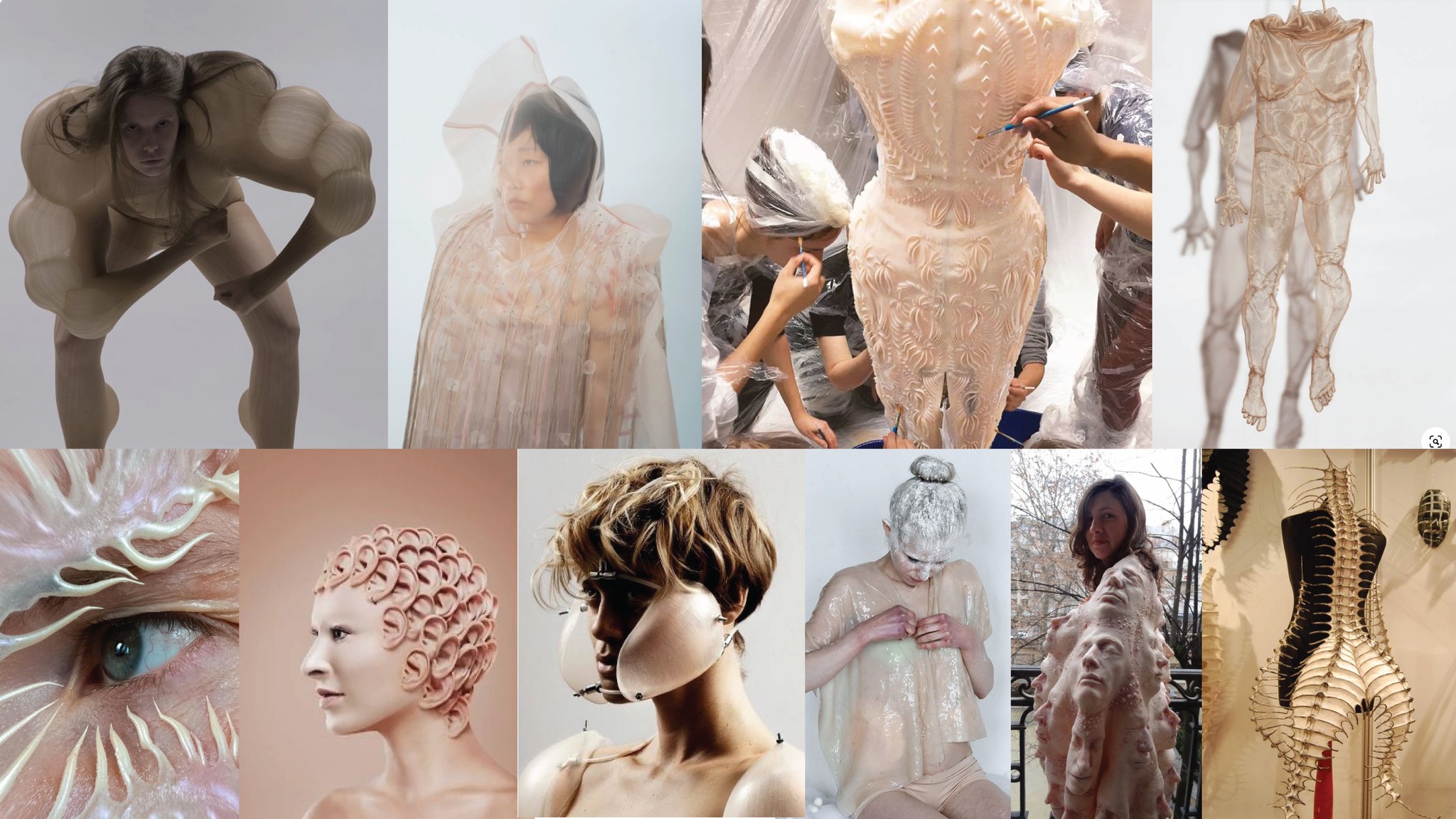
INSPIRATION
CNC MOLD

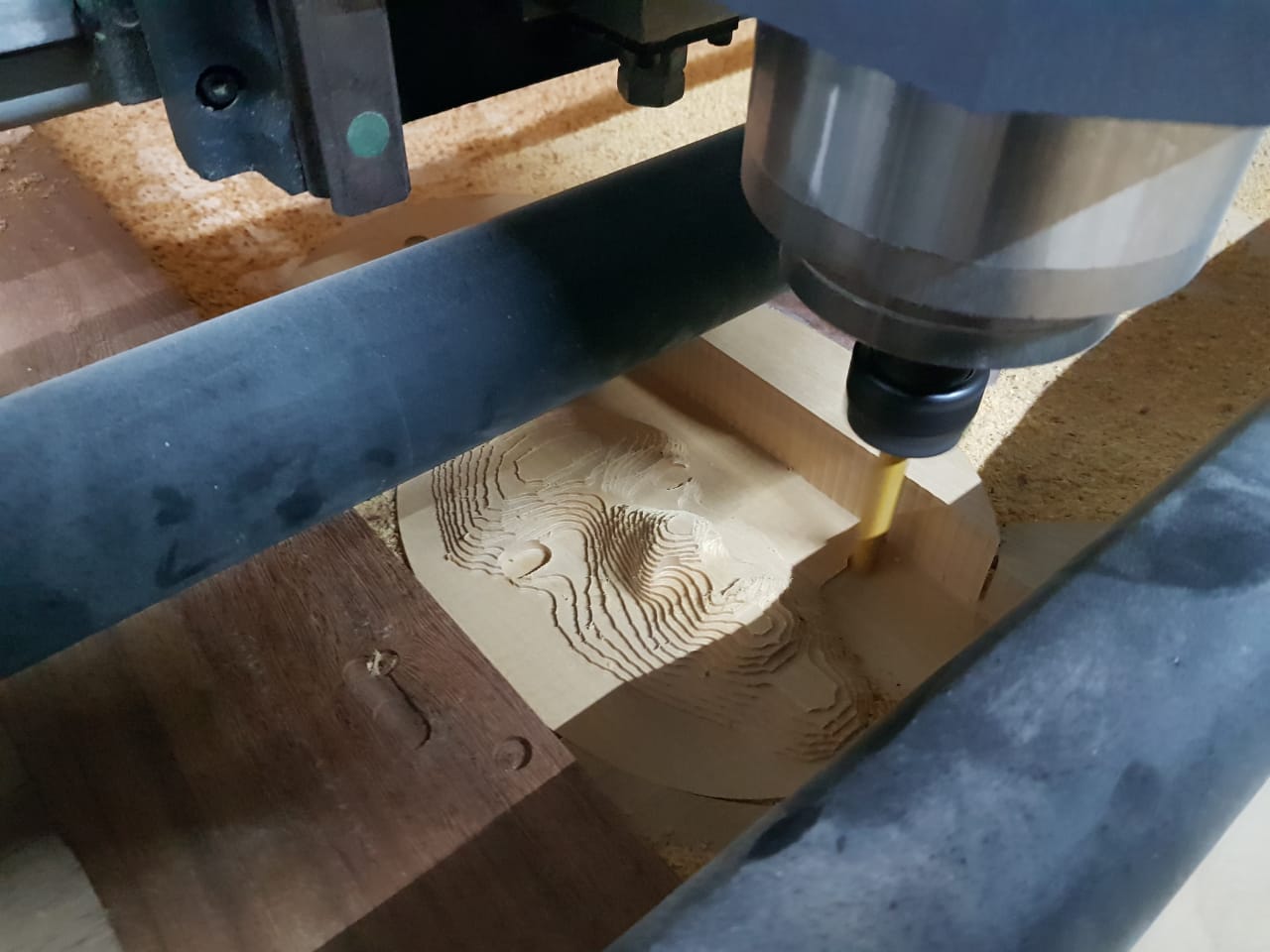
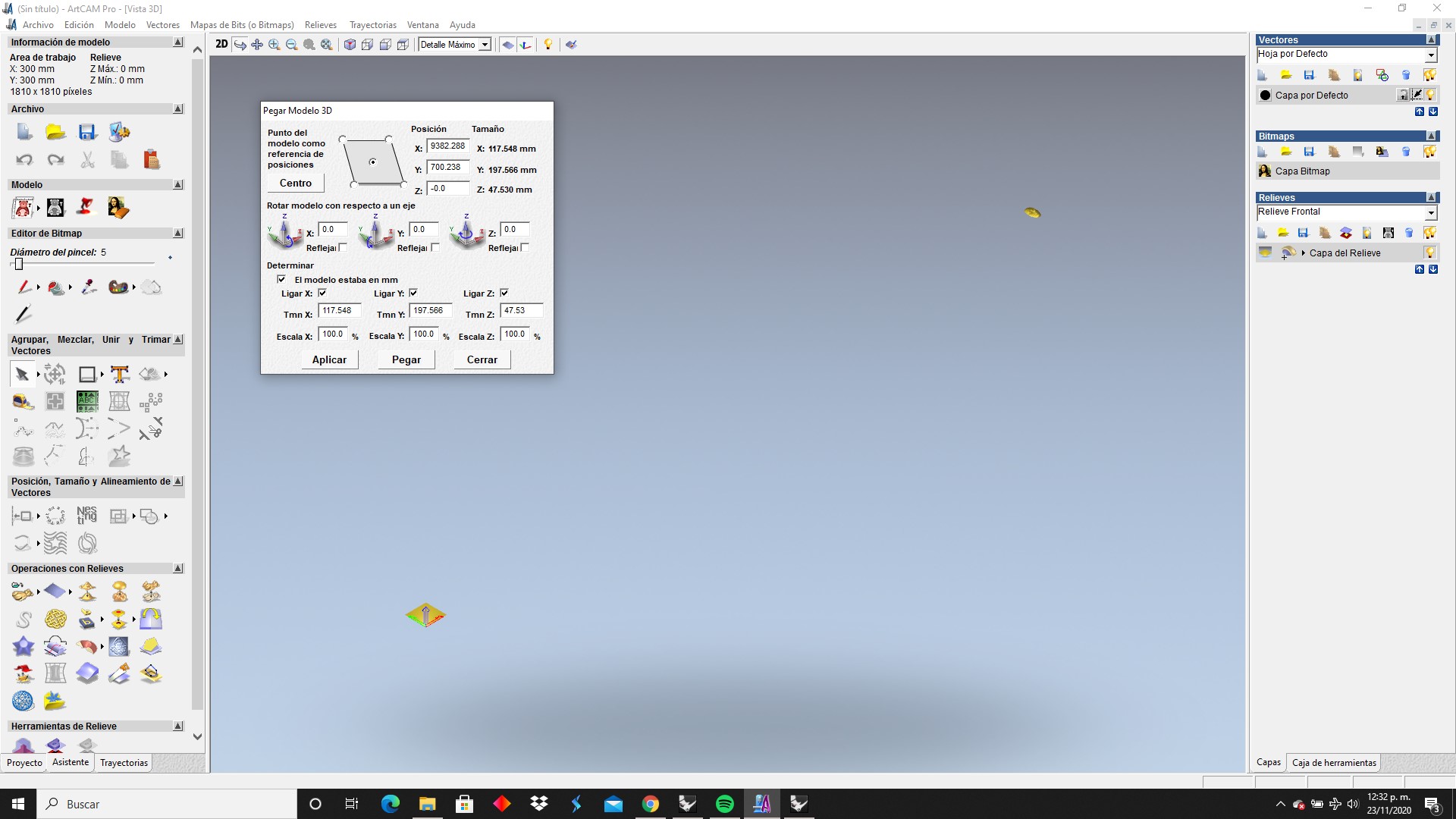

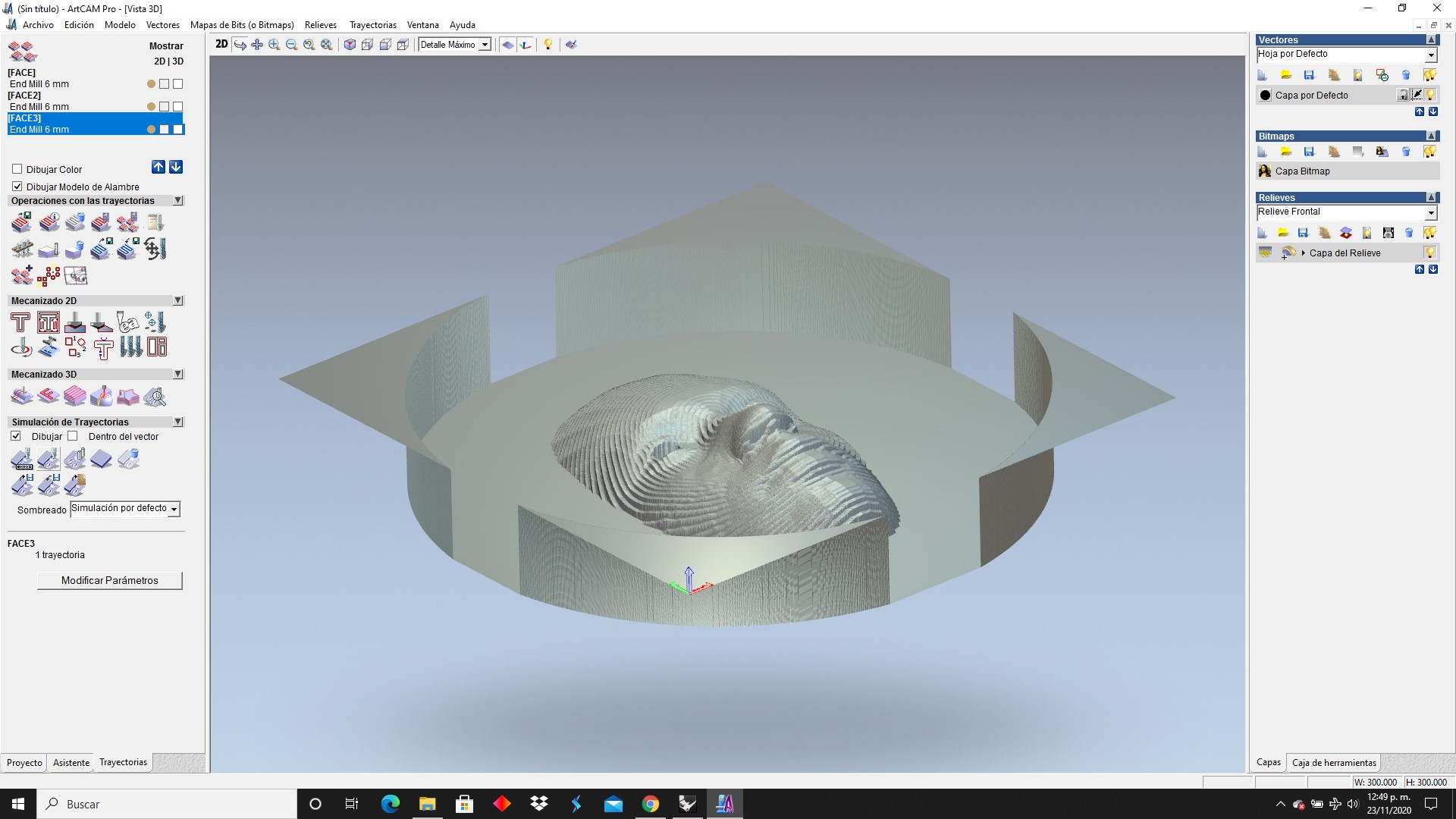

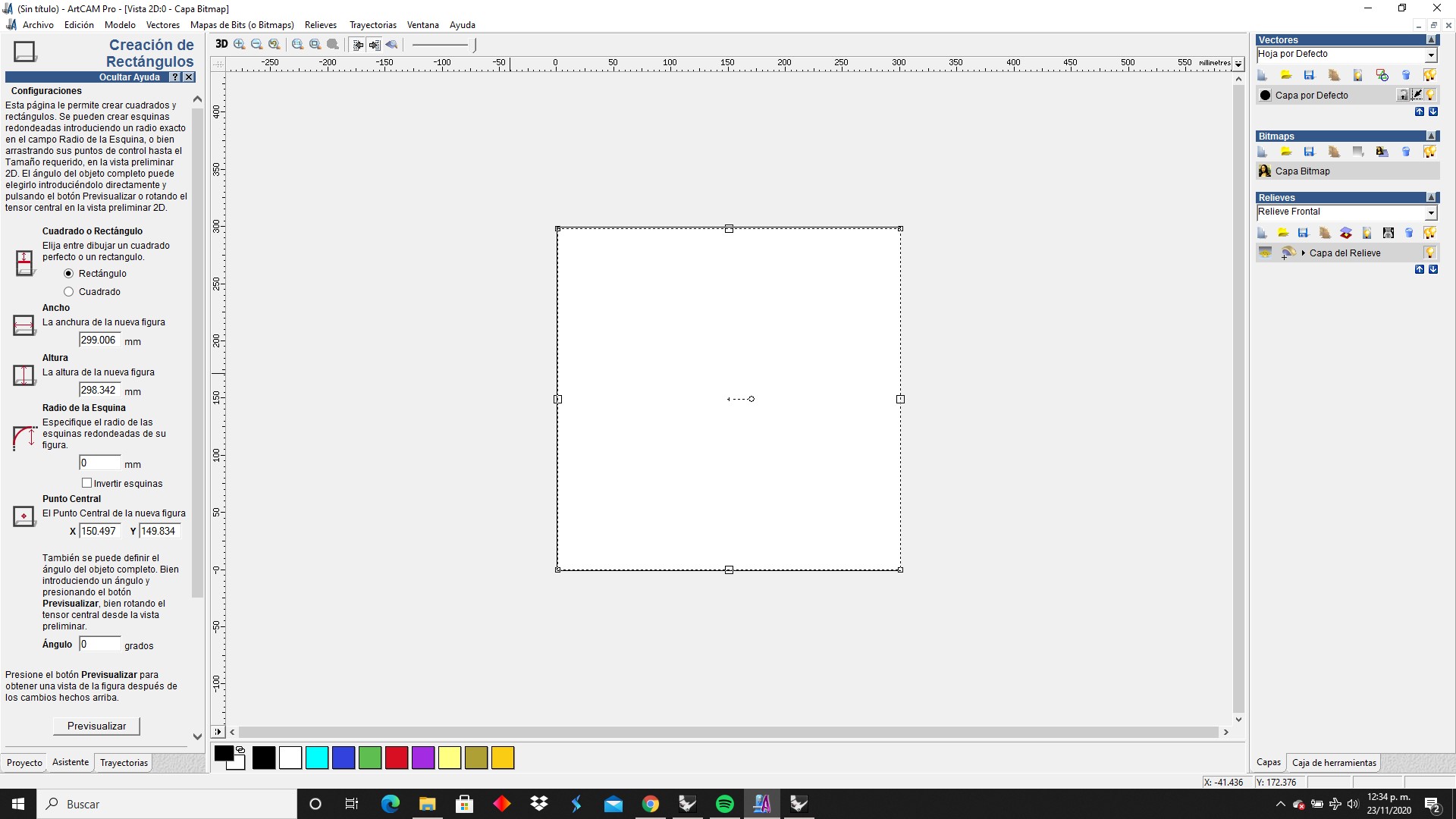





KOMBUCHA MASK
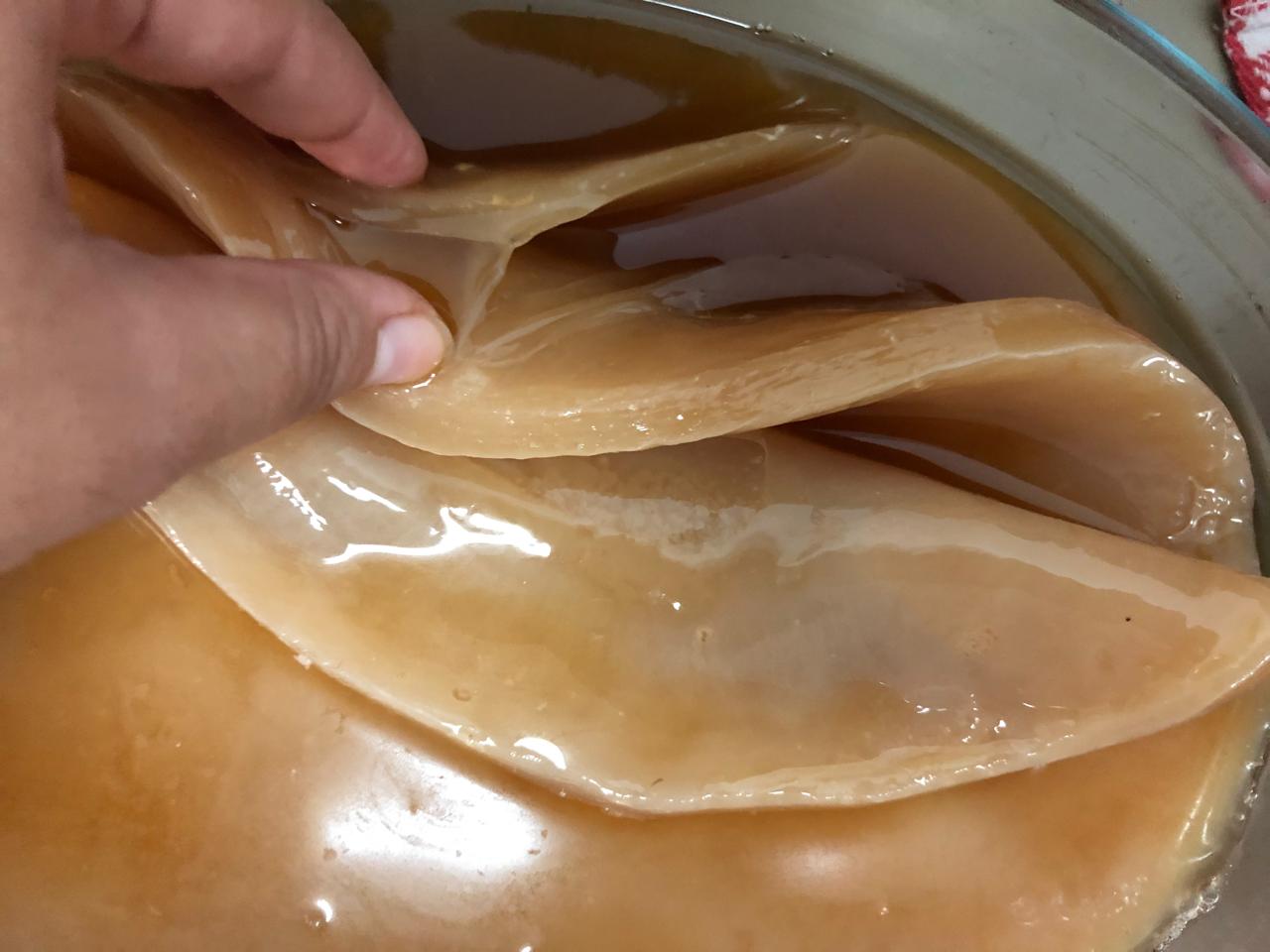

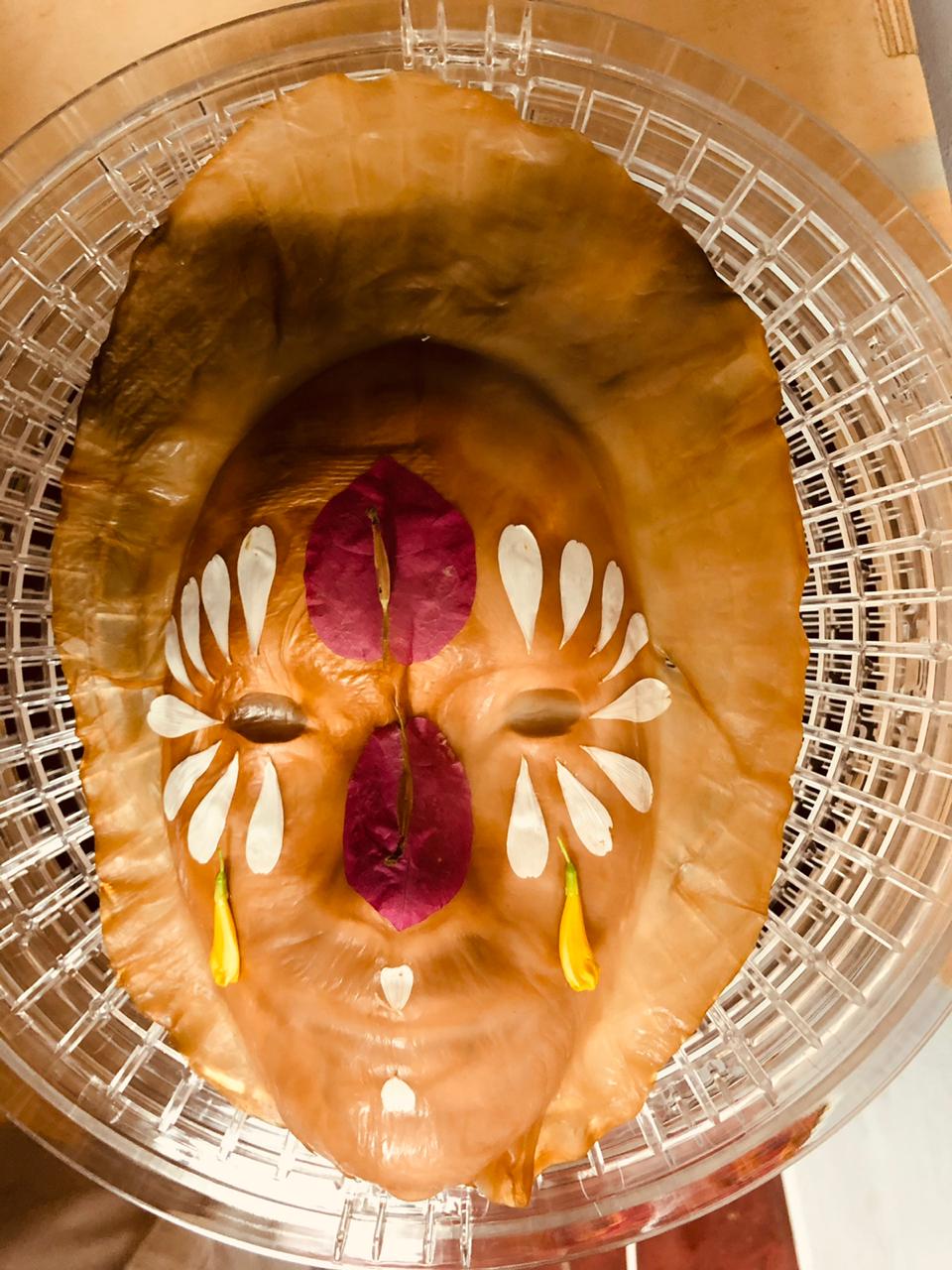

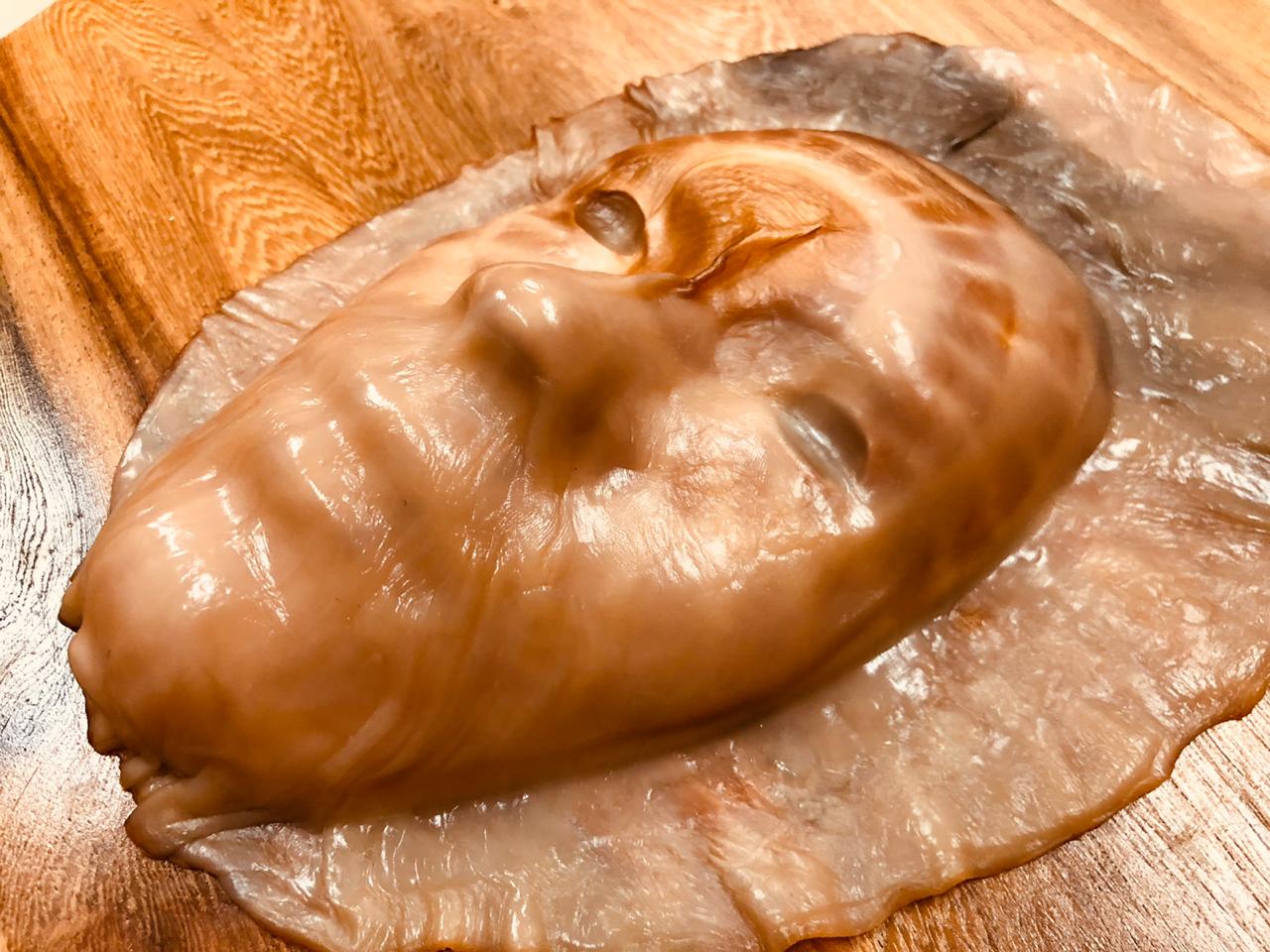
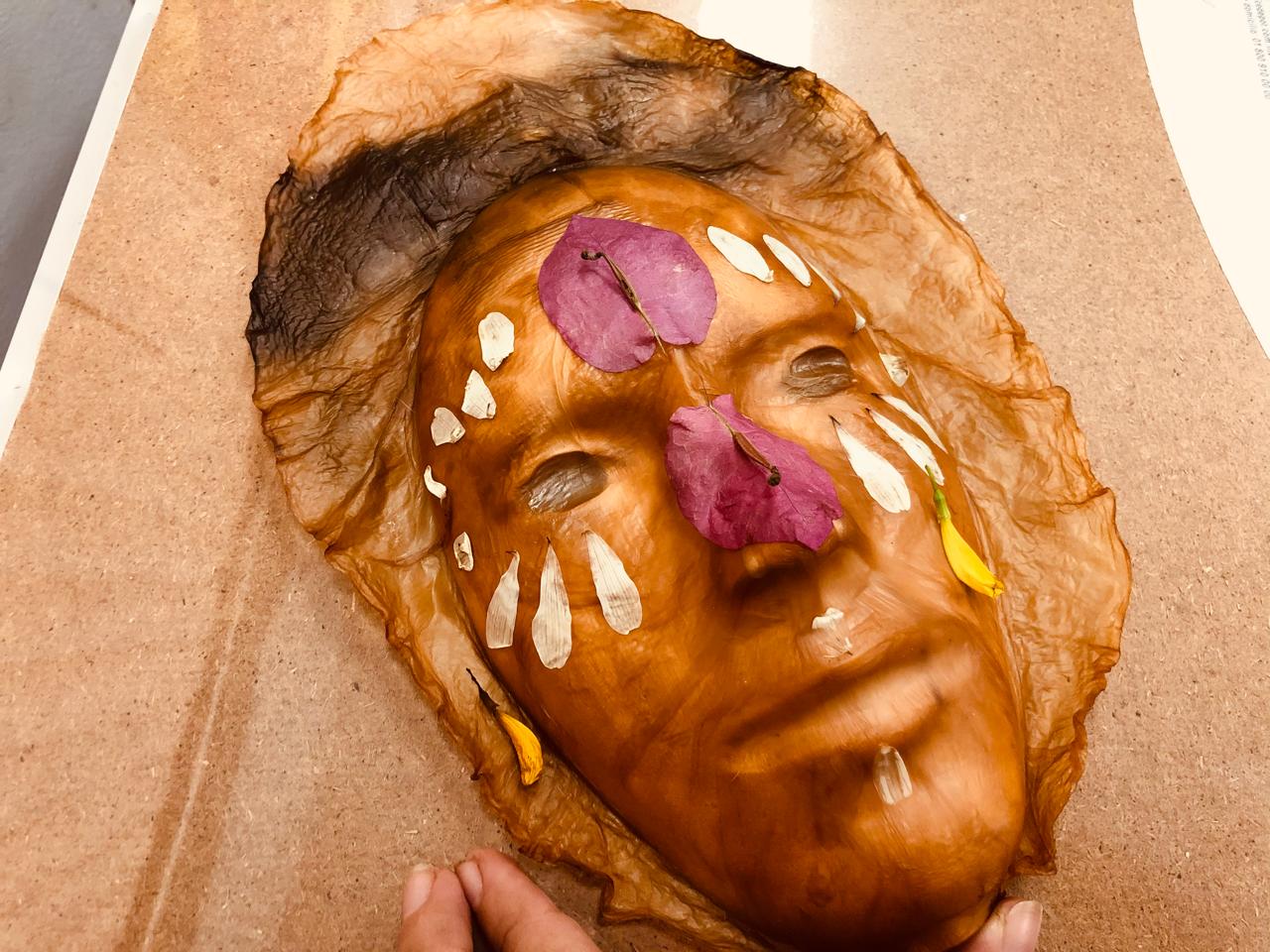
GROWING CRYSTALS ON LEDS AND FABRIC



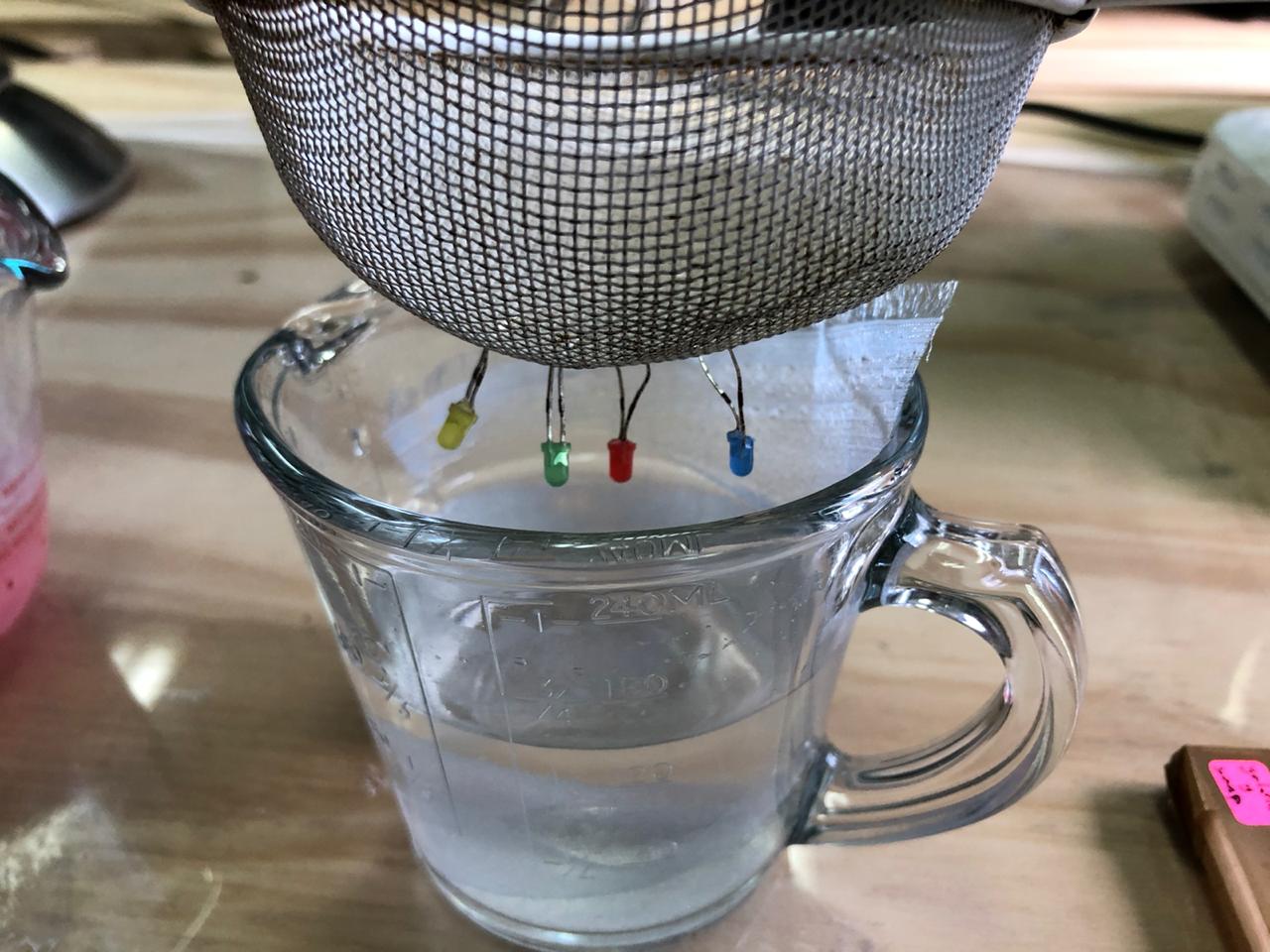

BIO-PLASTIC COMPOSITE

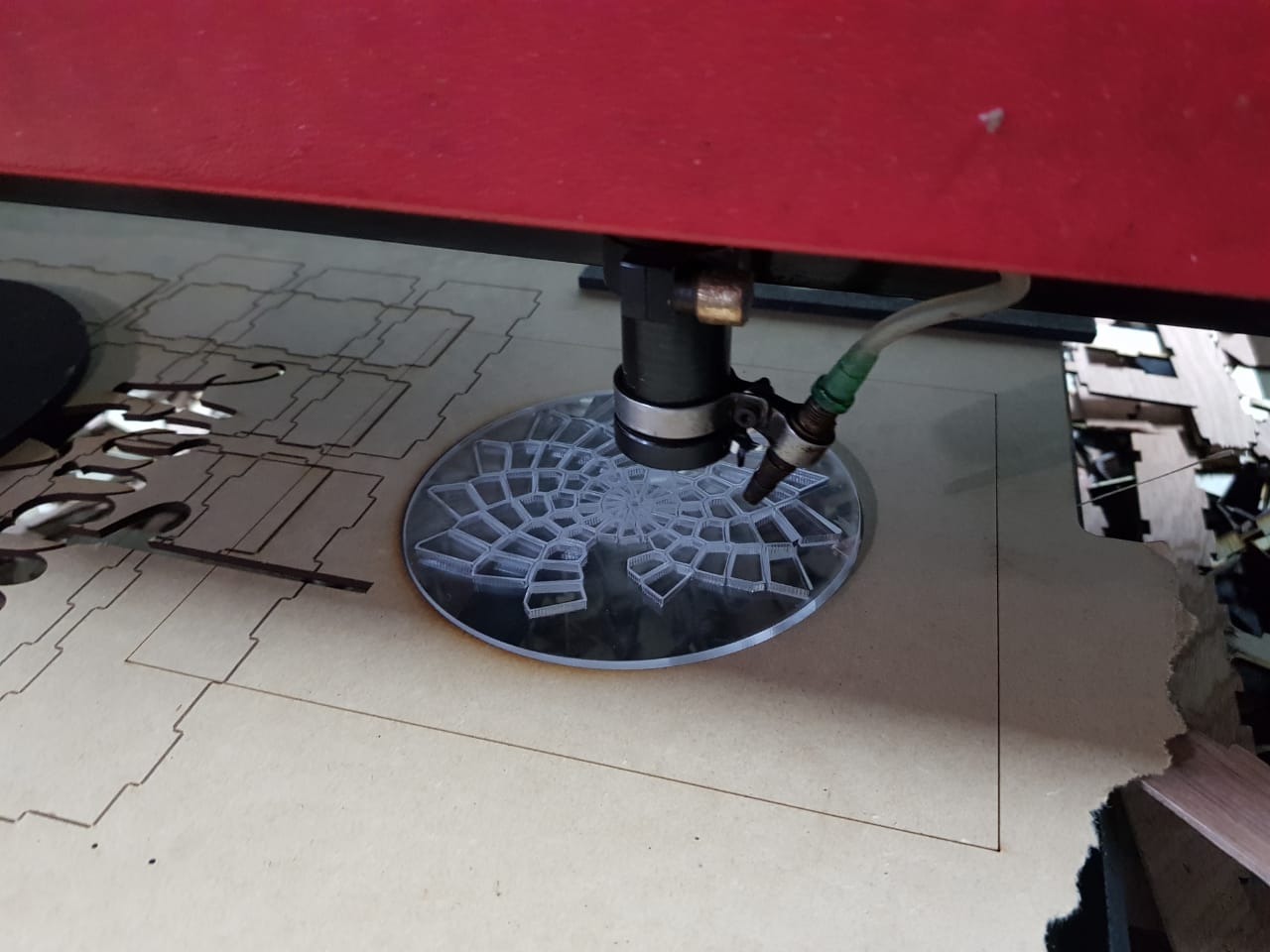
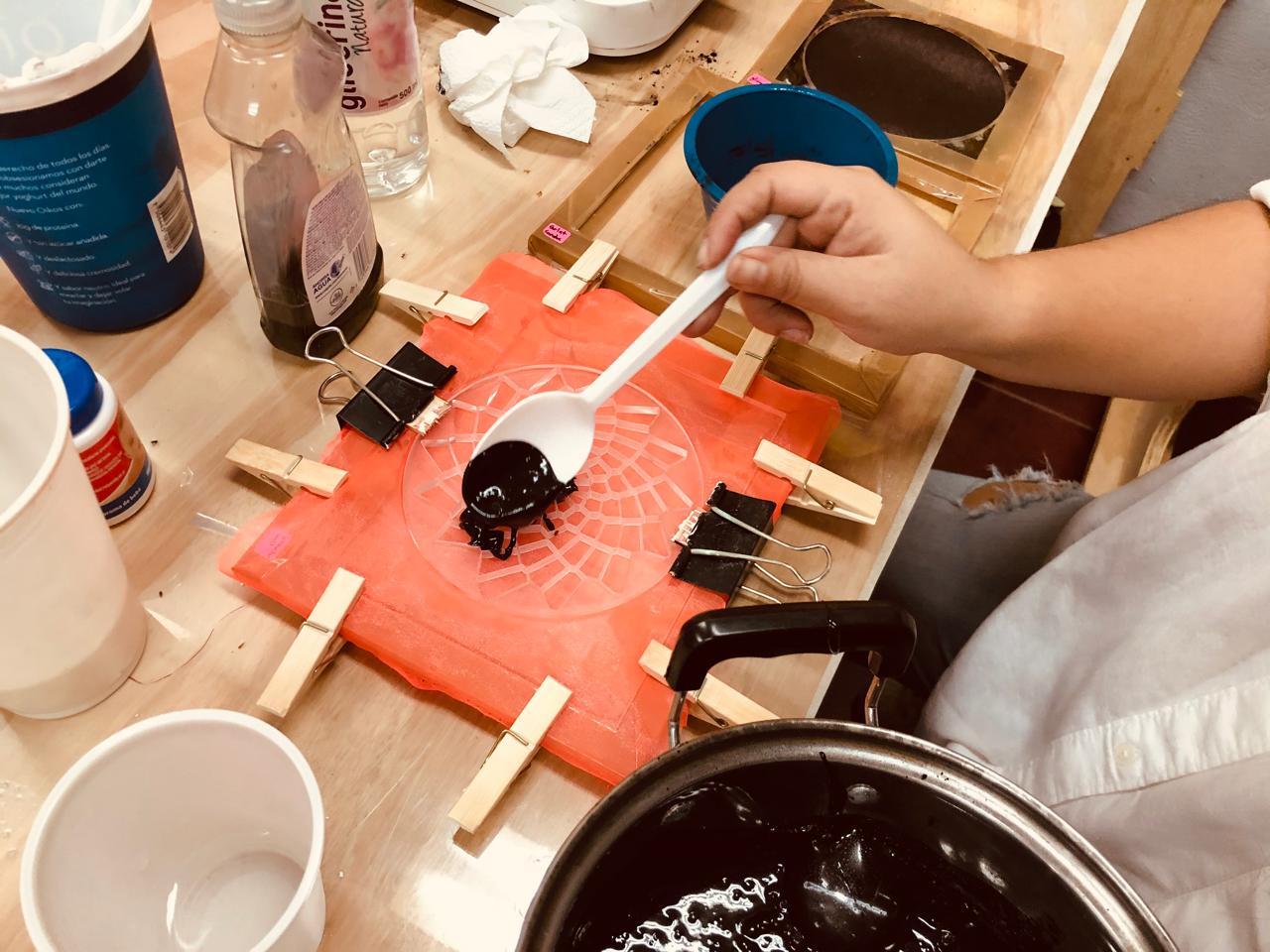


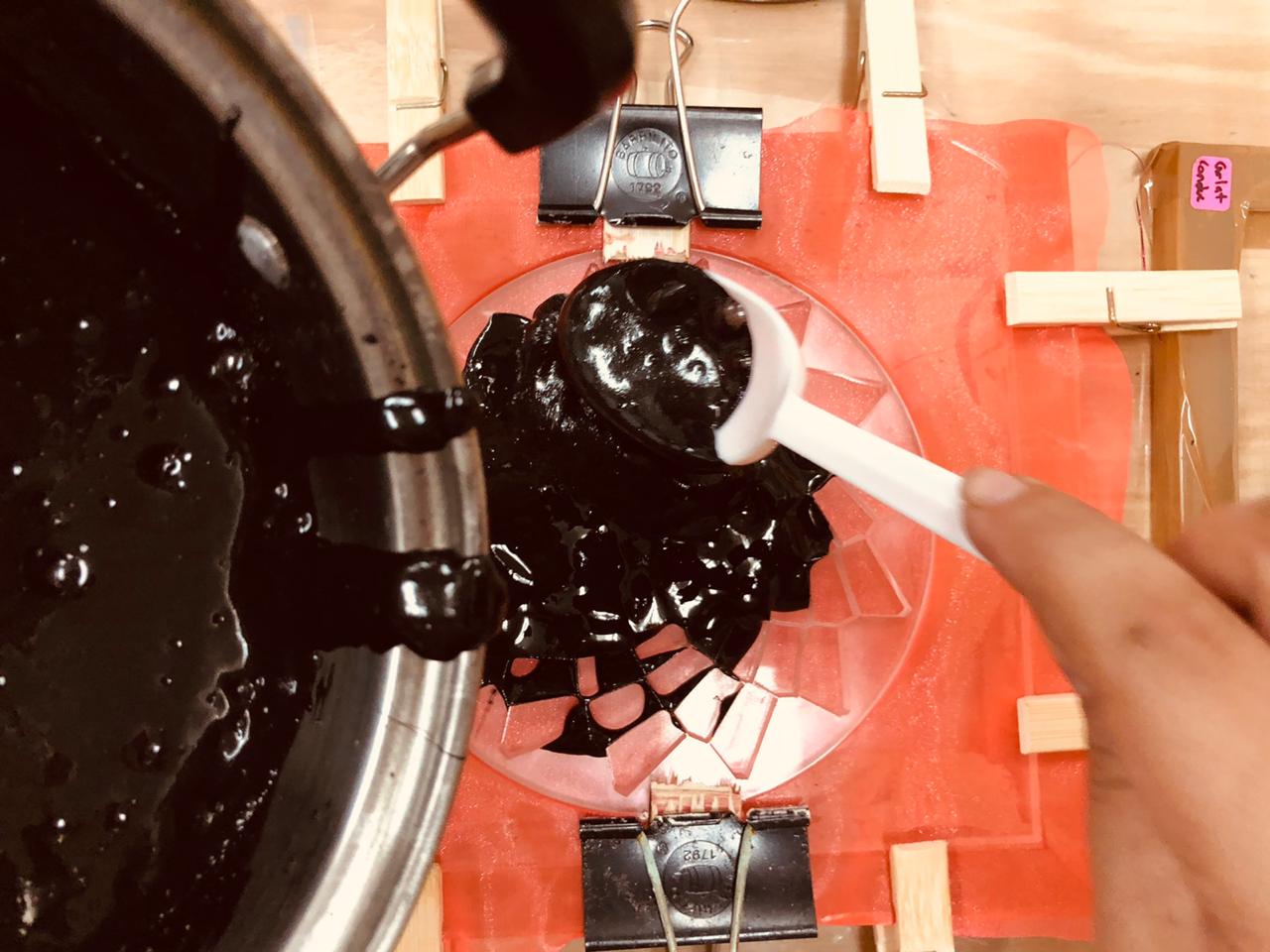
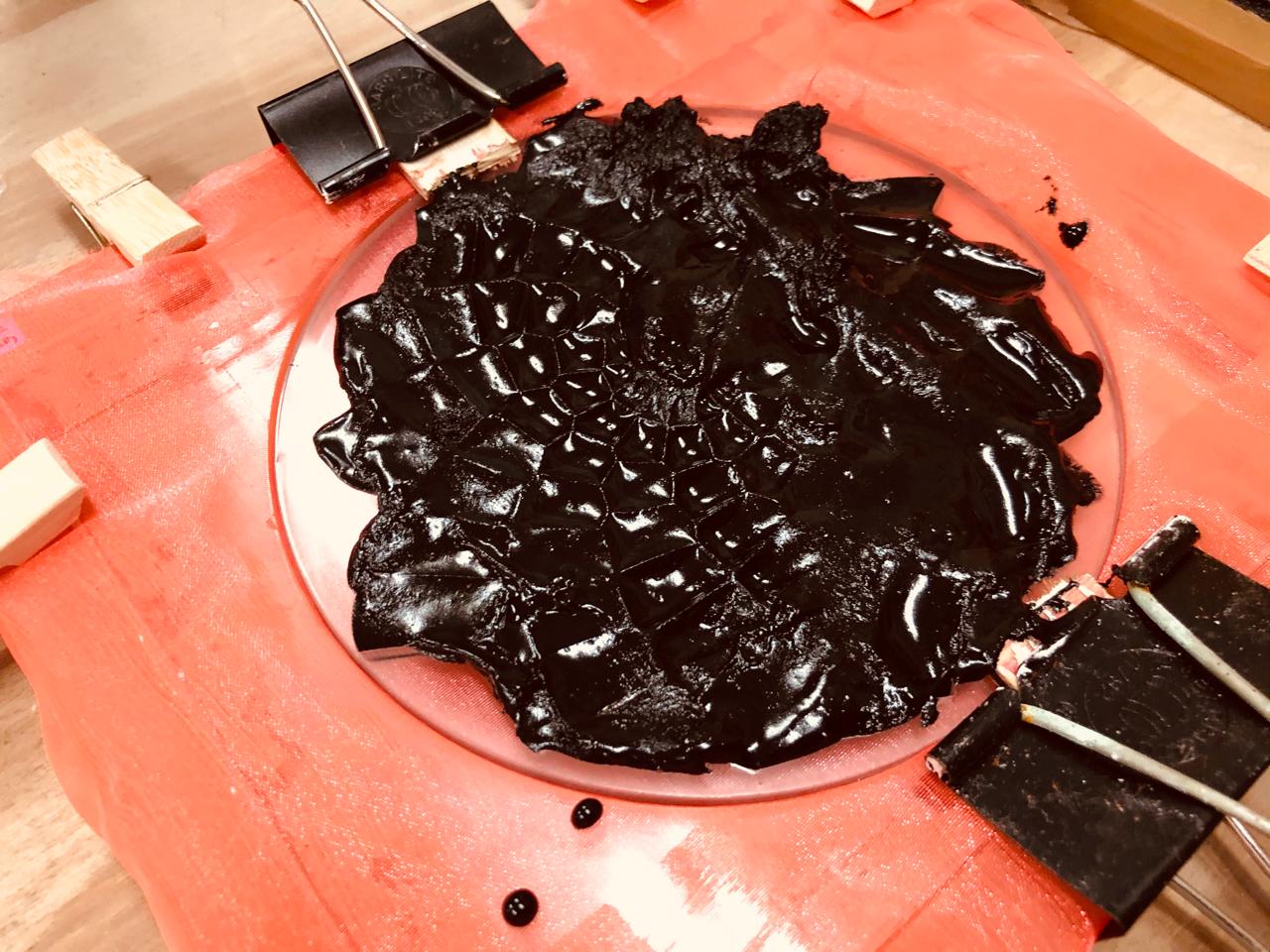
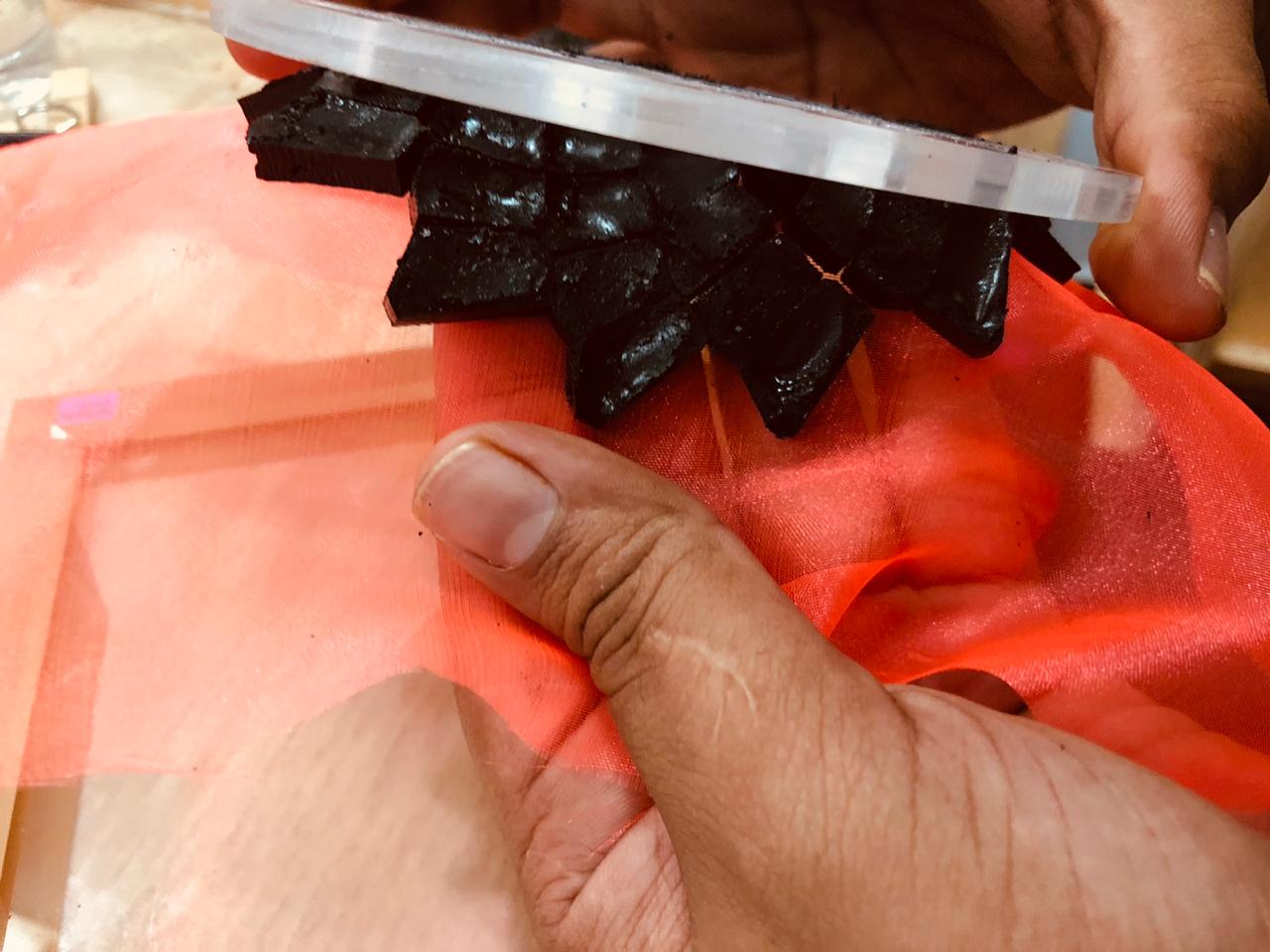
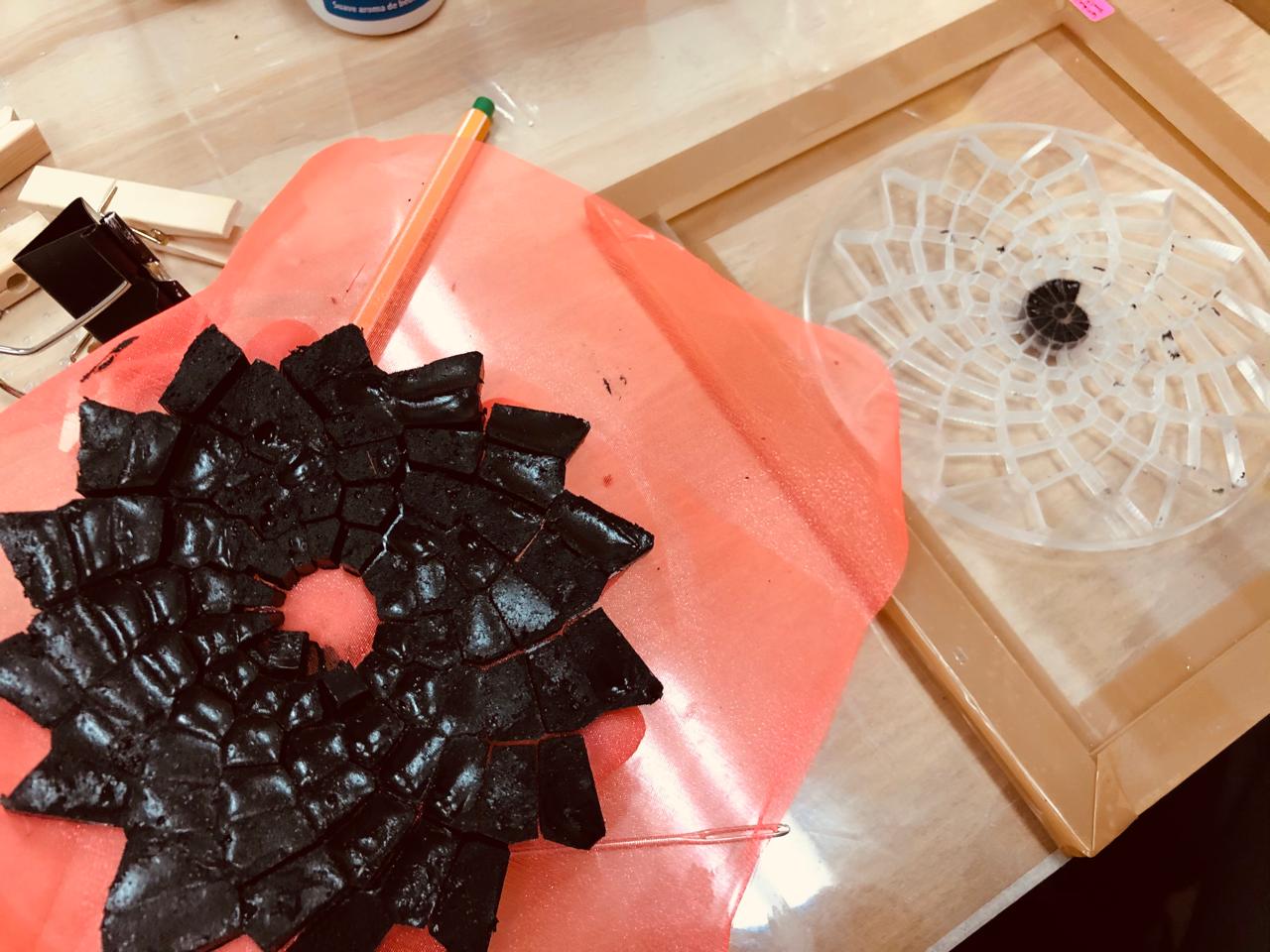
VACUUM MOLDING
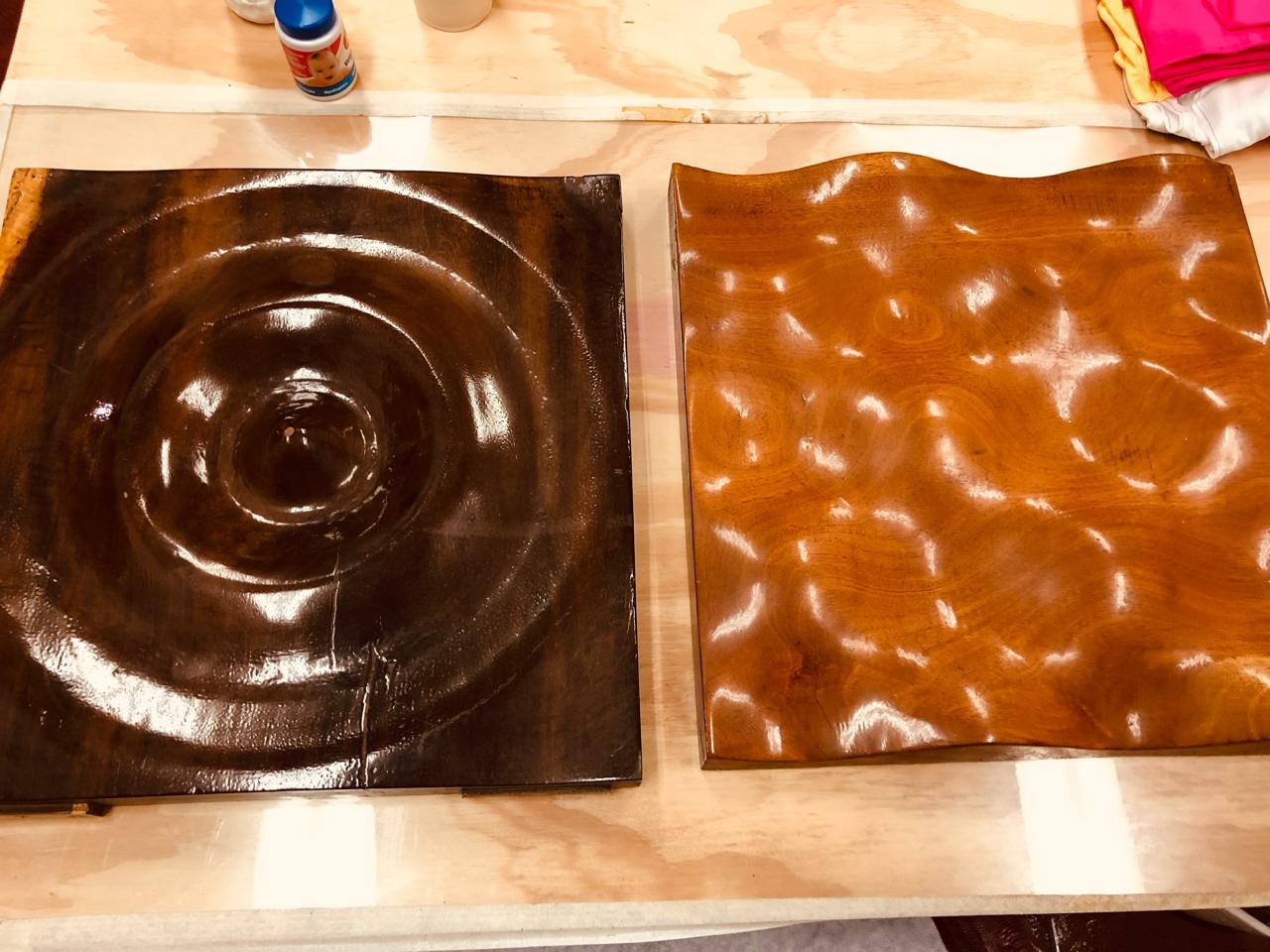

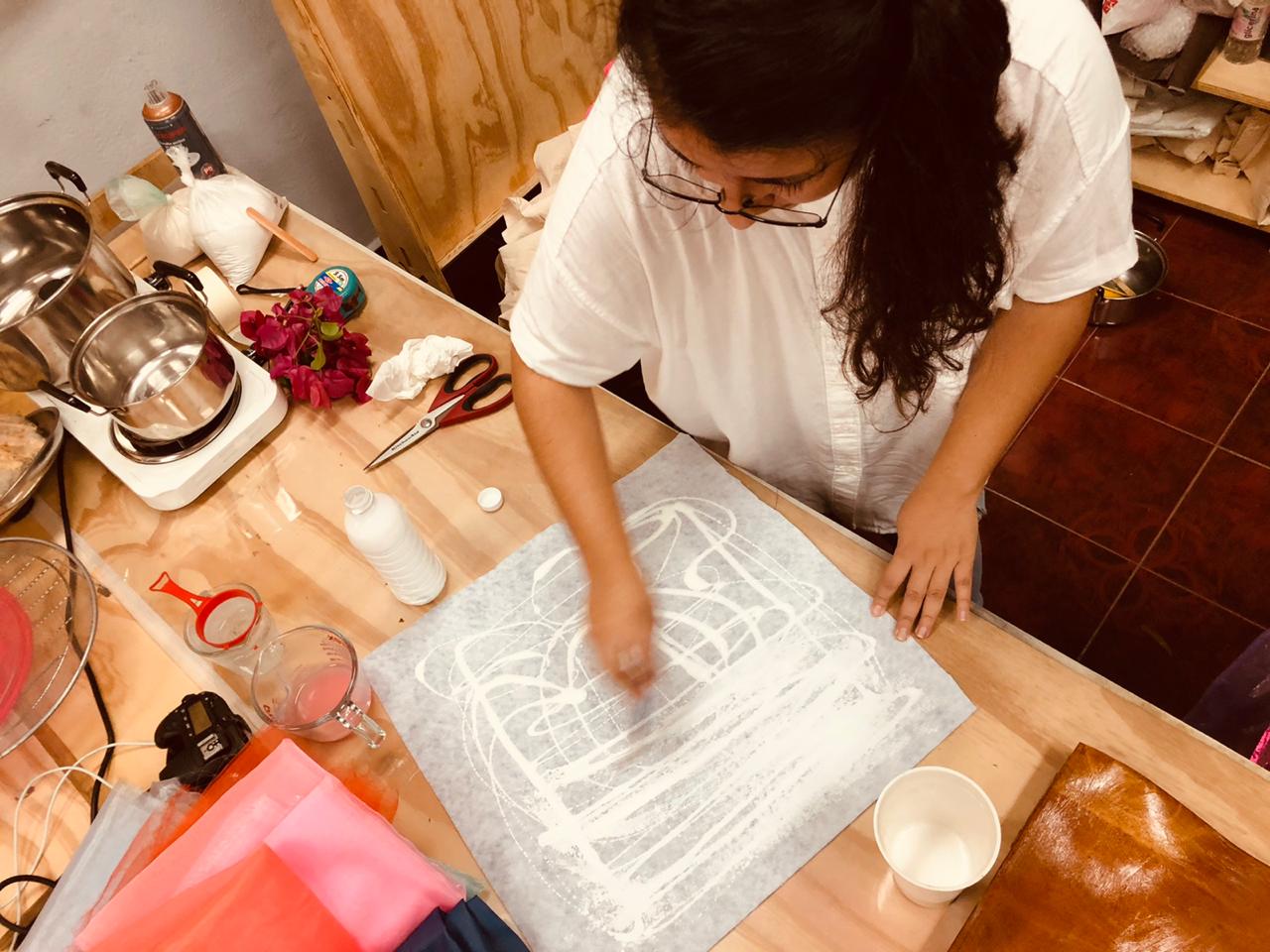
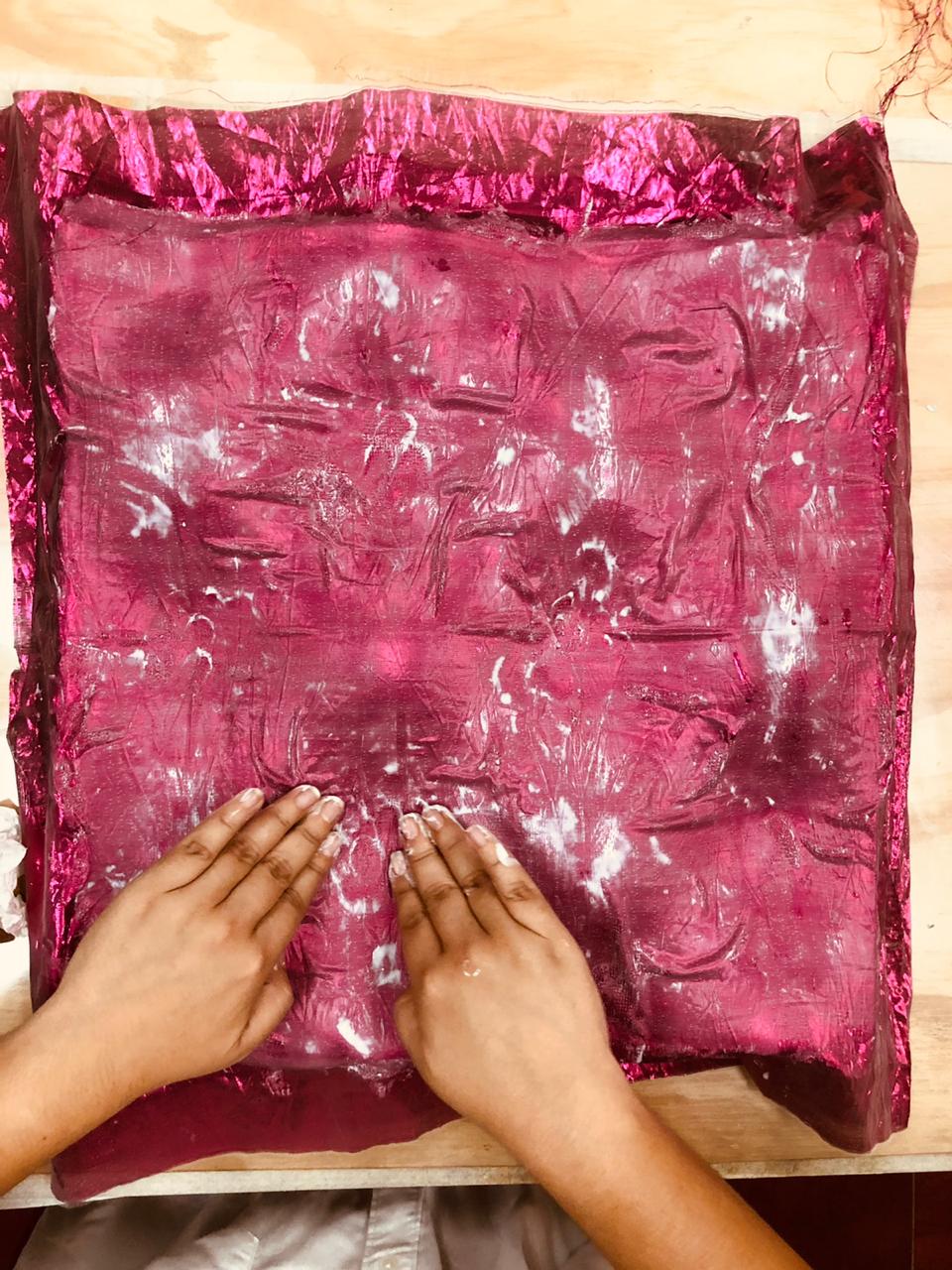
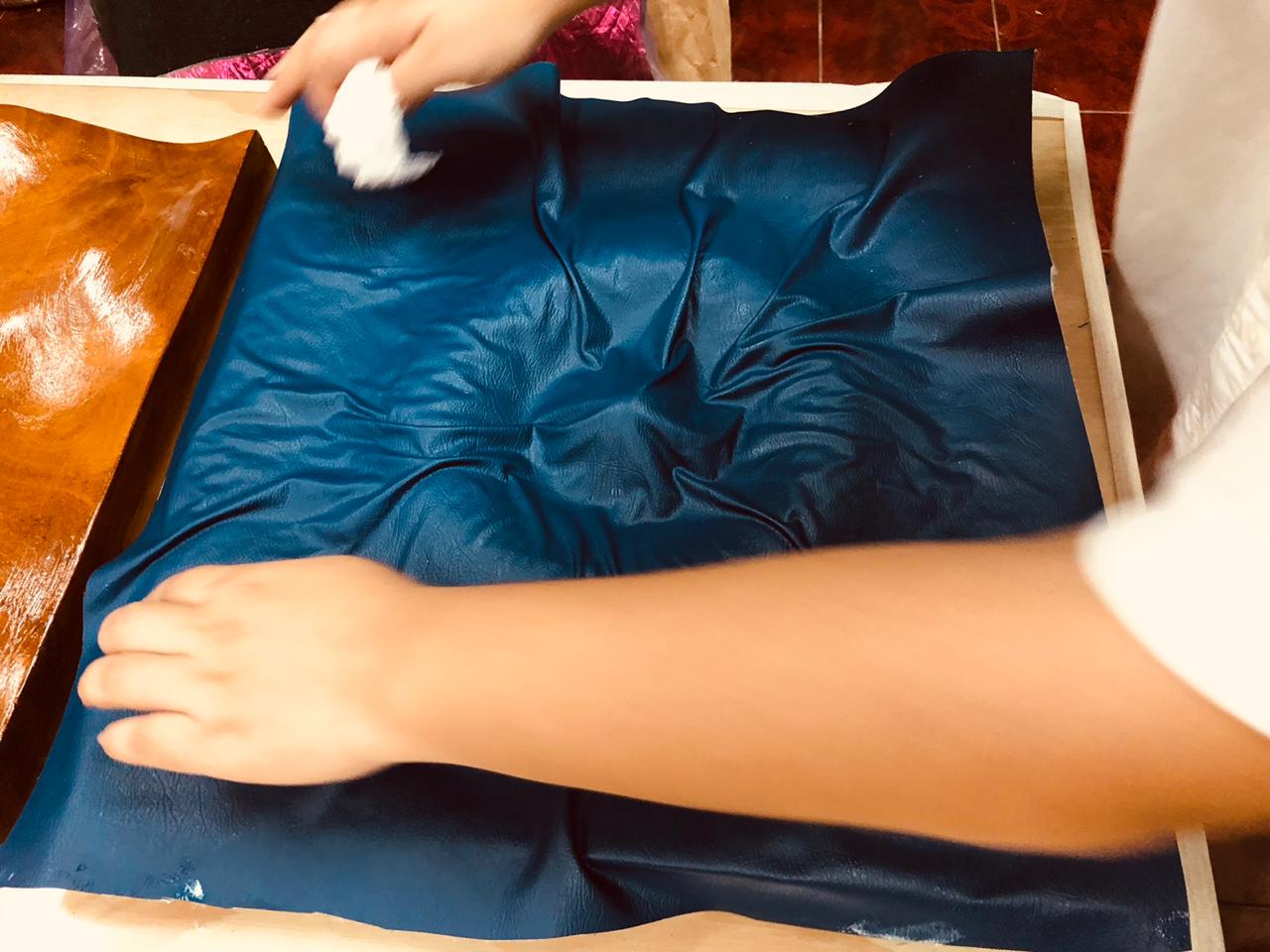

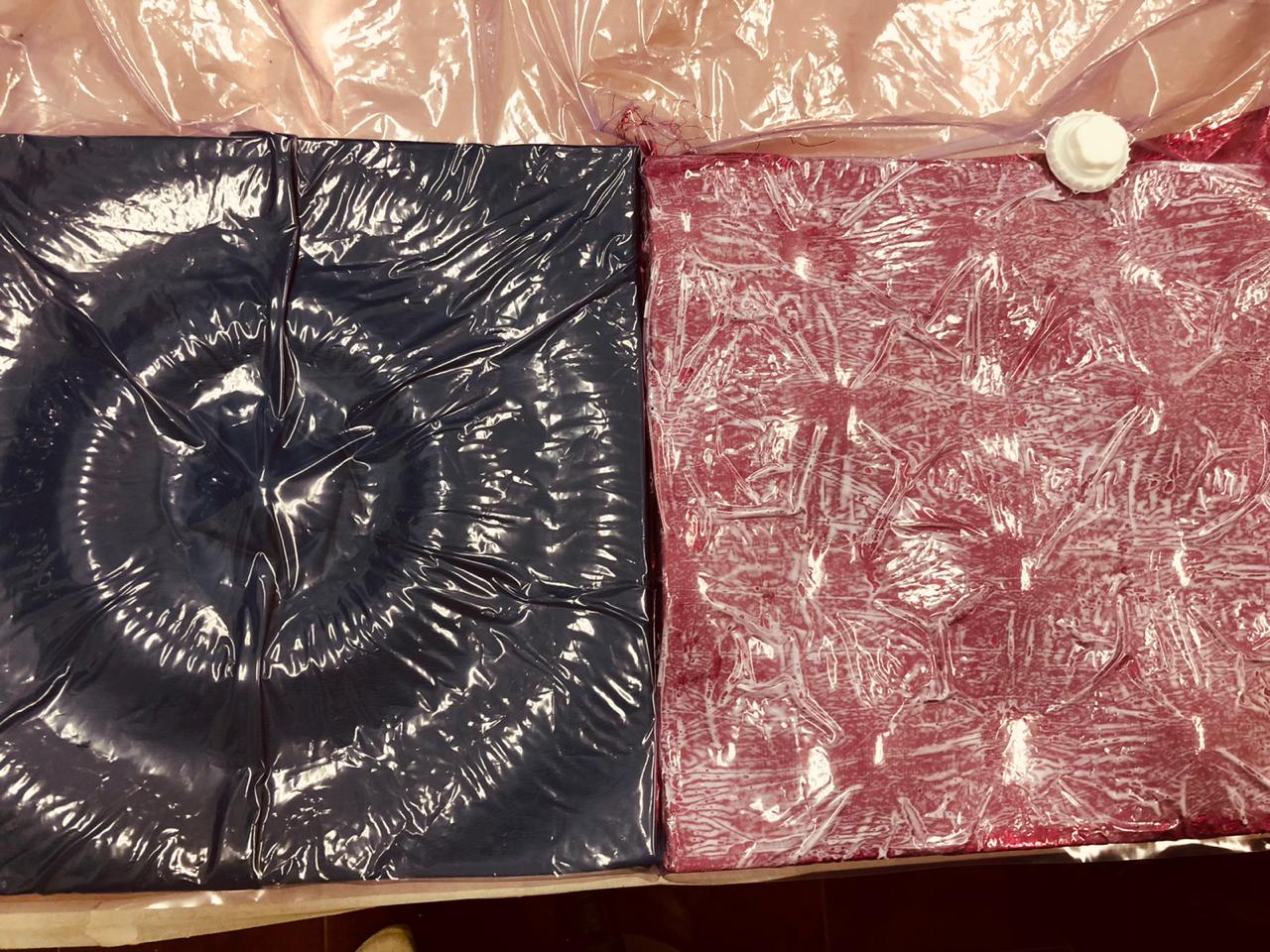
WOOD FABRIC
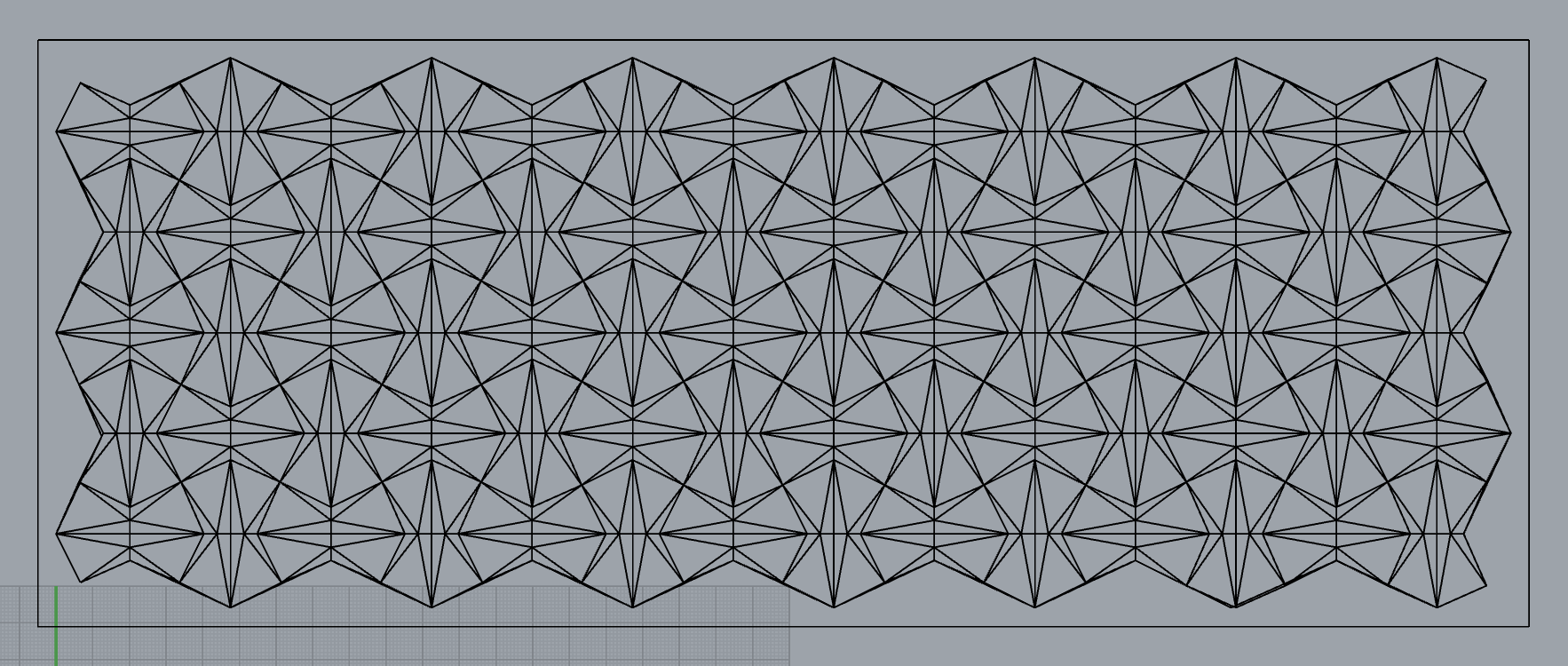
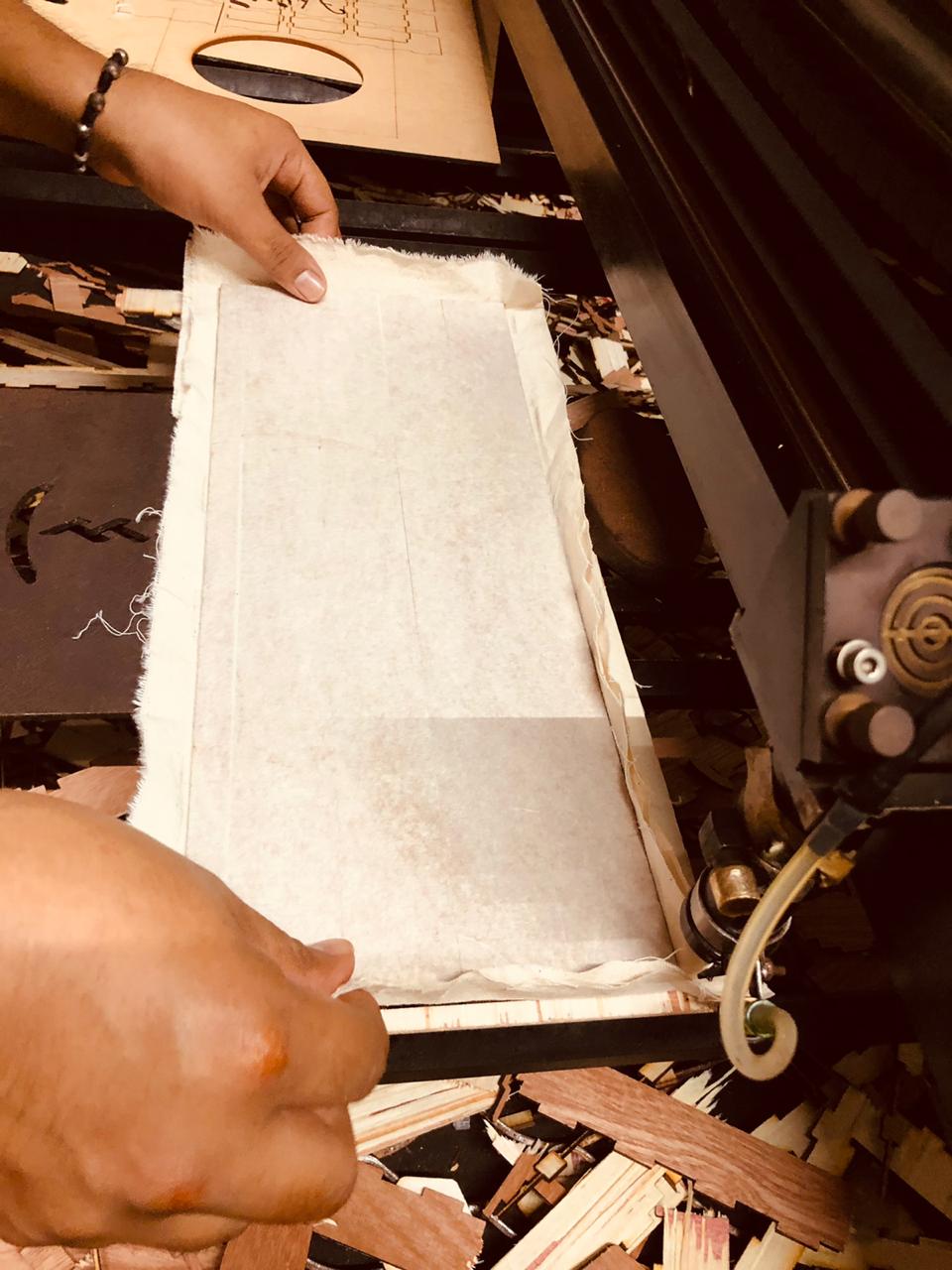
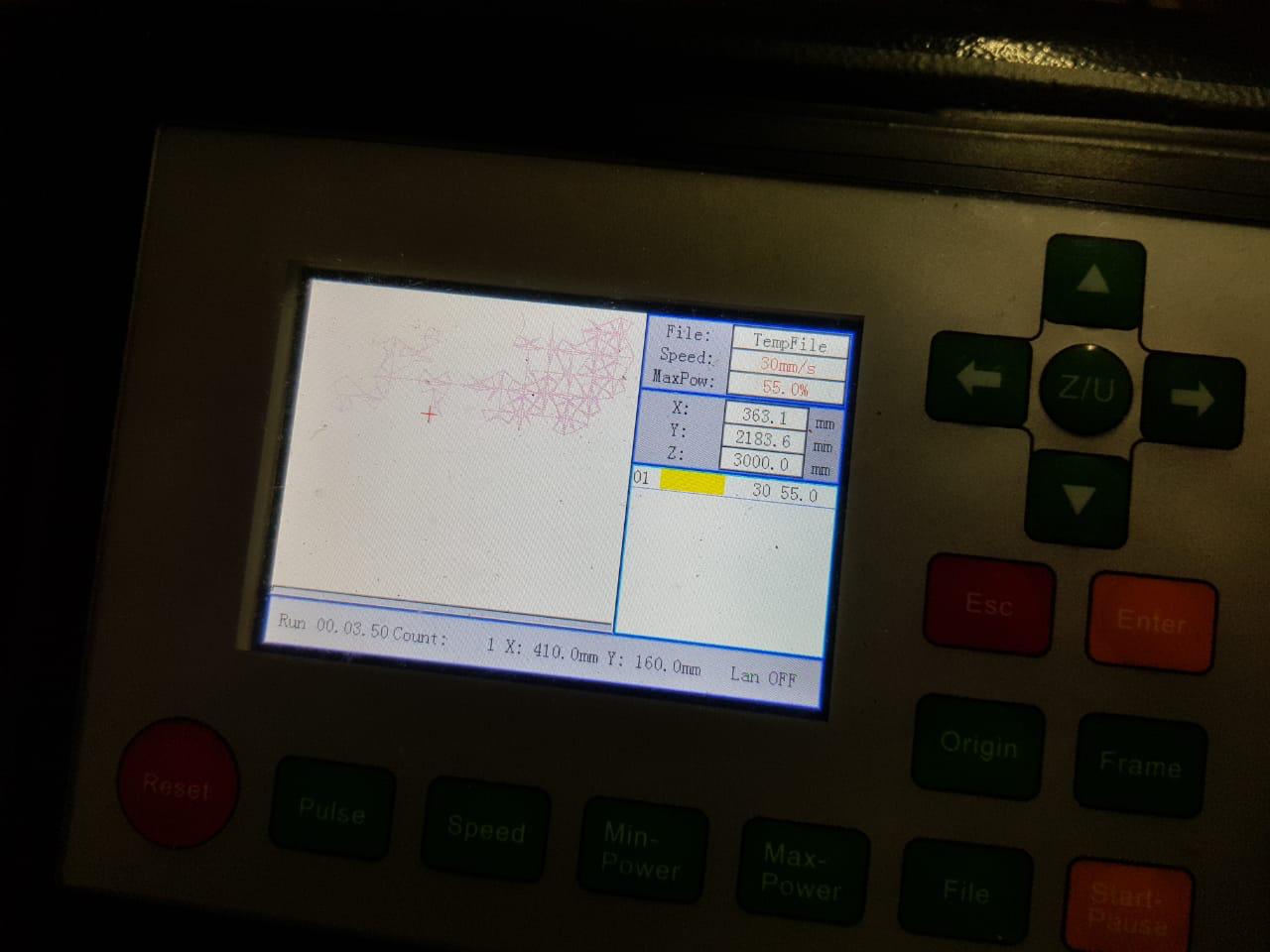

PLASTER ORIGAMI FABRIC
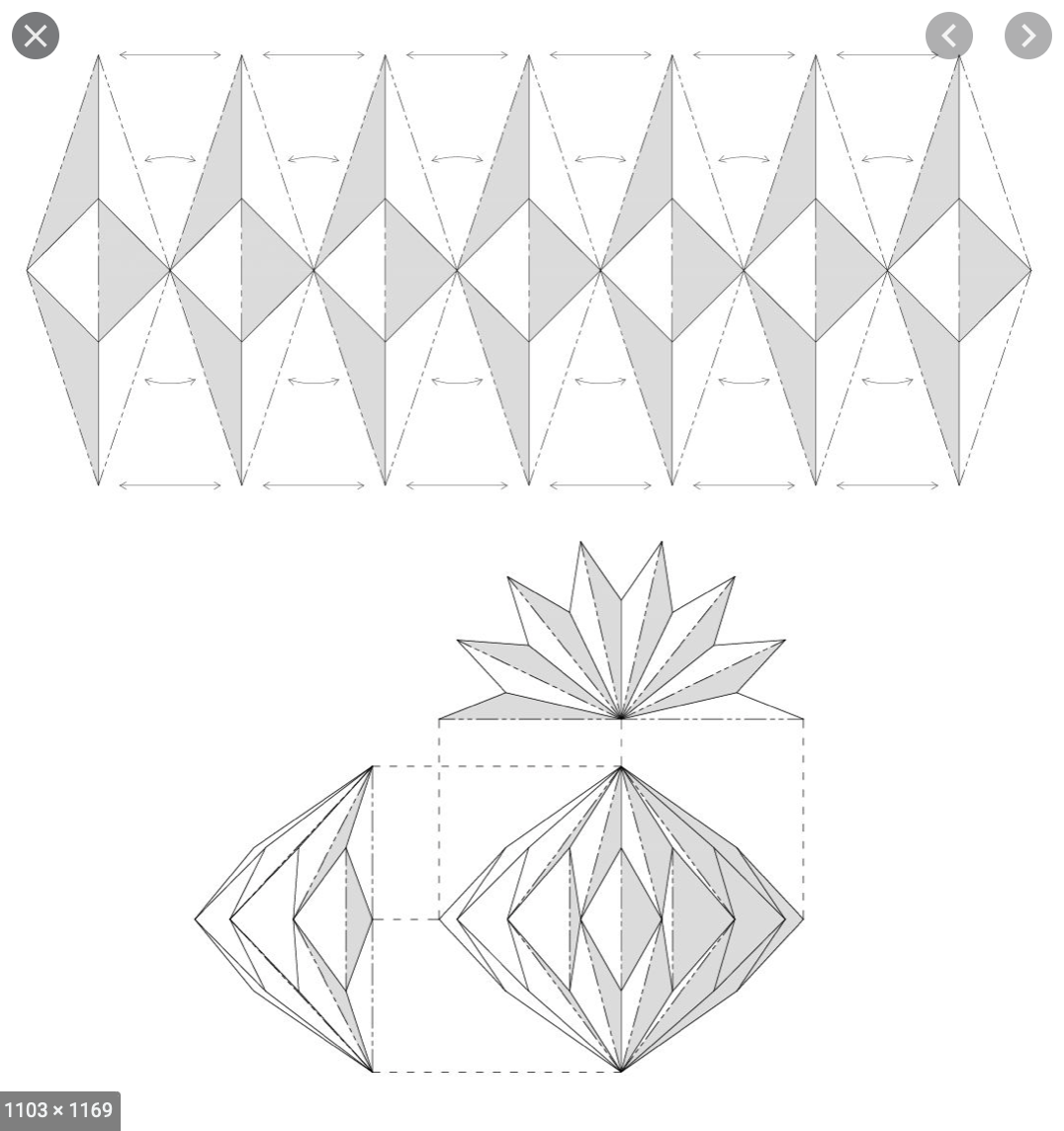


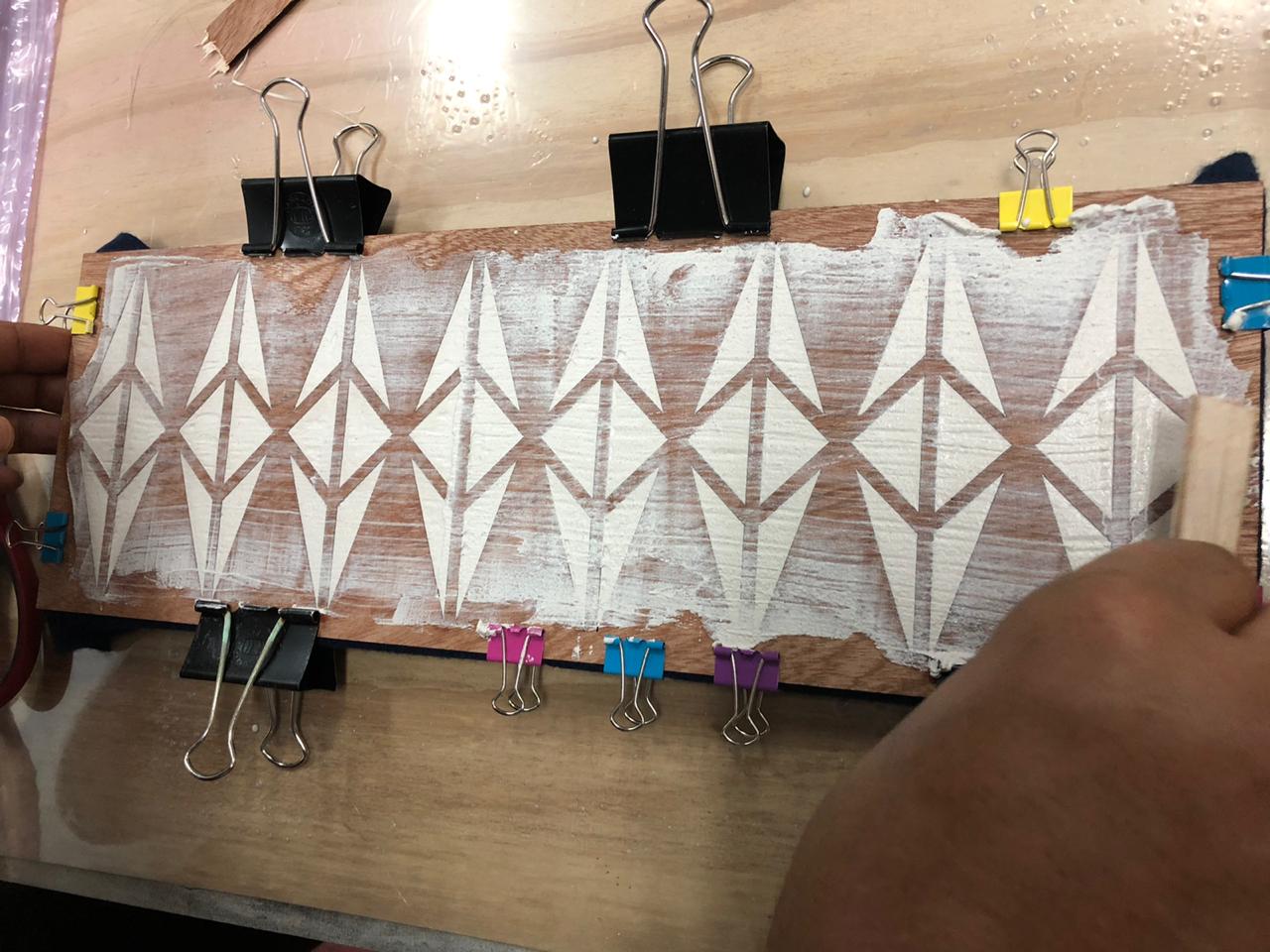
IMPORTANT INFORMATION ABOUT THE ASSIGNMENT
LINKS
Tutors
- Adriana Cabrera General Tutor
PERSONAL NOTES
- --- -----
NECESSARY MATERIALS FOR THIS ASSIGNMENT
| Qty | Description | Price | Link | Notes |
|---|---|---|---|---|
| 0 | ---- | 00.00 $ | ----------- | USD |
| 0 | --- | 00.00 $ | ----------- | USD |
| 0 | ---- | 00.00 $ | ----------- | USD |
| 0 | --- | 00.00 $ | ----------- | USD |
| 0 | ------- | 00.00 $ | ----------- | USD |
| 0 | ----------- | 00.00 $ | ----------- | USD |
CLASS
LEARNING OUTCOMES
- References and Concept development
- Design: Sketch, 3D modeling skills, mould design
- Fabrication: Capable of executing from file to production workflow, from 3D modelling to 3D milling and composite making, lasercutting, crystal growing, concrete casting
- Documentation: Anyone can go through the process, understand it and reproduce it
- Final outcome: Various samples created using different techniques
- Originality - Aesthetics: Has the design been thought through and elaborated
STUDENT CHECKLIST
- [x] Document the concept, sketches, references also to artistic and scientific publications
- [x] Produce 2 techniques of textile scaffold choosing from the following: 1. fabric formwork with casting 1. crystallization 1. wood-textiles composite 1. resin & bioresin -textiles composite 1. leather molding 1. other
- [x] Document the process from CAD to CAM, the step-by-step instructions for CNC milling, mold making, vaccum forming and textile composites
- [x] Upload your design and fabrication files, including the 3D model and CAM file
- [x] Document at least 2 processes from design to prototyping, fabrication, materials used, document your achievements and unexpected outcomes
- [x] Make a stop motion of your crystal growth or use 3D modeling software to simulate your design (extra credit)